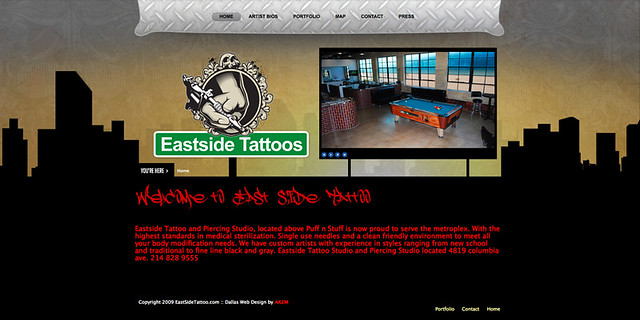Web page design may be something you want to use in the future. If so, then you are in the right place because this article can get you started.
Functional websites work out for all visitors, regardless of their browser, so it’s essential that your website is tested across all the major platforms. What may work great in Firefox, may not work well in Internet Explorer or Chrome. Monitor how the pages look in major browsers before taking your website live.
Keep page size to a minimum. If your site takes awhile to load, your visitors will lose interest. It is best to avoid making visitors to your site wait a long time for each page to load so that they do not give up and navigate away from your site.
Remember the background. Some sites use moving GIF images in the background which may at times be good, but mostly it just makes the text hard to read. Pick a background that meshes with your site, not against it, and your viewers will have a much easier time understanding what you want to say.
Preserve the personal information users submit on your site safely. For instance, if someone filled in their name and address when creating an account, pre-populate this information when the customer fills out an order form. If you use this data to your advantage, users will be able to save time as they navigate your site.
Keep in mind that the Internet contains a plethora of website design examples. Look through the millions of websites online to get great ideas about how to design your own. Find one you like, write down what appeals to you and then figure out what you can mimic on your own. Expand on those appealing aspects to help you build your own website. You need to better them.
Using pop-up ads are a sure way to turn customers off. These ads are always alluring with the promise of making extra profits; however, most visitors find them highly annoying. It will discourage people from visiting your website. Keep ads simple; you won’t need pop-up profits if you do.
Design tools included in a hosting package are adequate if you just want to build a simple website, buy you should not depend on these completely. Make your site as personal as possible by tweaking or adding more features to the generic website you can create via the tools offered by your hosting service.
Build a microsite at first, as this will help you get an overall impression of your current strengths and weaknesses as a web designer. Launch with a few basic pages and then gauge what works, and how you could expand from there.
Meet with a professional web designer and learn how they do things. The easiest way to improve is to learn from someone who already knows the trade. You’ll rapidly advance your knowledge of design this way.
Try to include some “site searching” on your index page and sub-pages if you can. This is very important for making the web site easy to use and accessible. Site searches are fairly easy to implement, and the reward will far outweigh any time or effort spent.
Make sure your site’s design is different from competing websites. Look at competitors’ websites to ensure that you haven’t accidentally made a similar design for your site. If you’re too similar visitors might confuse your site with the competition. It will only serve to make you a diluted version of what someone else has already done.
If you keep educating yourself as you go along, your website design process will benefit. Once you have figured out one aspect of the site design, tackle another. While this may lengthen the process of building your first site or two, you will soon have the knowledge you need to crank out websites much faster.
Knowing so much about web page design, you should feel more confident. Now that you are prepared for the difficult task ahead, remember to apply the various tips you have read here.


Comments are closed.